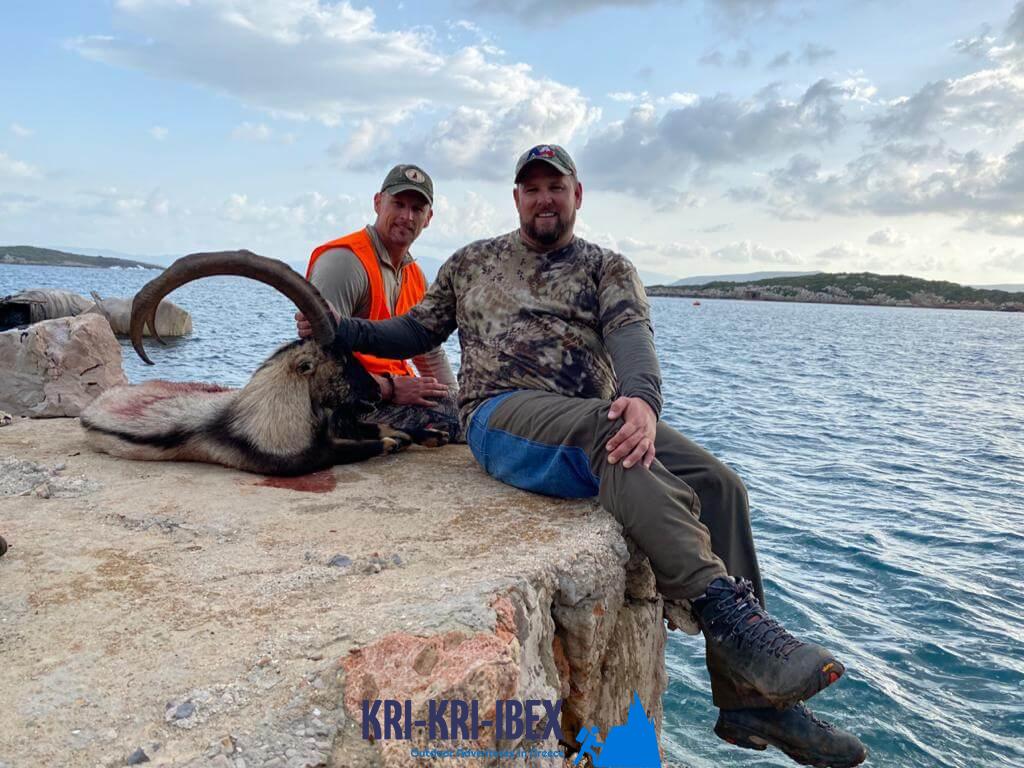Kri kri hunt for trophy animals in Greece
Kri kri hunt for trophy animals in Greece
Blog Article

They say that the Peloponnese peninsula is the "genuine" Greece. As well as we state, if you're seeking an unforgettable experience, our hunting and touring Peloponnese scenic tour from Methoni is the perfect method to experience all that this lovely nation has to use.

The hunt for kri-kri ibex on the island of Sapientza can be a tough and also difficult one. The ibex live in sturdy, steep terrain with sharp, jagged rocks that can conveniently leave you without shoes after only two trips there. Capturing a shotgun without optics can additionally be a difficulty. However, the hunt is certainly worth it for the possibility to bag this marvelous pet.
To lots of people, The Peloponnese peninsula on the Greek Mainland is the 'genuine' Greece, where points have not changed much in any way over the centuries despite the fact that many people have actually found it. This is an area where you might quickly invest a month or even more yet if you are short promptly after that our hunting and also touring Peloponnese Tours from Methoni is a terrific option. This covers a massive amount of ground to a few of Europe's a lot of amazing sites in simply 5 days. You genuinely will not think what you see! Whilst the Peloponnese is home to a few of the most effective beaches in Greece there are so many points to see as well as do that it is actually a year-round location. Whilst Summer is the optimal time to spend at the coastlines as well as falls, Spring as well as Autumn are superb for treking and discovering Ancient Ruins, Caves and also Archeological sites. Even winter season is tempting as much of the towns and villages obtain some snow, specifically in the mountains, and also the stone design and also vineyards offer themselves to cosy moments by an open fire. The covered dishes as well as standard wintertime food is hearty as well as delicious. Despite what season you pick you will certainly locate the crowds really workable and in many locations, non-existent.
Experience 'Real' Greece with Our Peloponnese Tours. If you're looking for an authentic Greek experience, look no further than our Peloponnese excursions. From ancient ruins and castles to tasty food as well as a glass of wine, we'll reveal you every little thing that this remarkable region has to provide. So what are you awaiting? Reserve your journey today! Your Kri Kri ibex searching in Greece is below!
What is the diference between Kri Kri ibex, Bezoar ibex and hybrid ibex
The kri-kri is not thought to be indigenous to Crete, most likely having been imported to the island during the time of the Minoan civilization. Nevertheless, it is found nowhere else and is therefore endemic to Crete. It was common throughout the Aegean but the peaks of the 8,000 ft (2,400 m) White Mountains of Western Crete are their last strongholds–particularly a series of almost vertical 3,000 ft (900 m) cliffs called ‘the Untrodden’—at the head of the Samaria Gorge. This mountain range, which hosts another 14 endemic animal species, is protected as a UNESCO Biosphere Reserve. In total, their range extends to the White Mountains, the Samaria National Forest and the islets of Dia, Thodorou, and Agii Pandes.
This Ibex is NOT a diminutive form of the Bezoar Ibex, which has migrated into the western-most reach of the range of this species. The kri – kri (Capra aegagrus cretica), sometimes called the Cretan goat, Agrimi, or Cretan Ibex, is a feral goat inhabiting the Eastern Mediterranean, previously considered a subspecies of wild goat. The kri-kri has a light brownish coat with a darker band around its neck. It has two horns that sweep back from the head. In the wild they are shy and avoid tourists, resting during the day. The animal can leap some distance or climb seemingly sheer cliffs.
“The agrimi goat Capra aegagrus cretica is unique to Crete and its offshore islands. It has been identi®ed as a sub-species of the wild bezoar goat Capra aegagrus aegagrus Erxleben, 1777, which it closely resembles in horn shape, body form and coloration. This classi®cation has been disputed by some researchers who claim that the agrimi are feral goats, derived from early domestic stock brought to the island by the ®rst Neolithic settlers. In order to clarify this issue, DNA analyses (cytochrome b and D loop sequences) were carried out on tissue of live and skeletonized agrimi and compared to sequences of wild and domestic caprines. Results conclusively show the agrimi to be a feral animal, that clades with domestic goats (Capra hircus) rather than with wild Asiatic bezoar. This study demonstrates that morphometric criteria do not necessarily re¯ect genetic af®nities, and that the taxonomic classi®cation of agrimi should be revised.”
Report this page